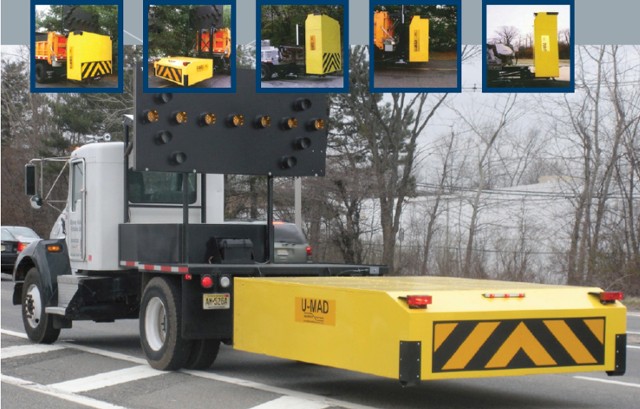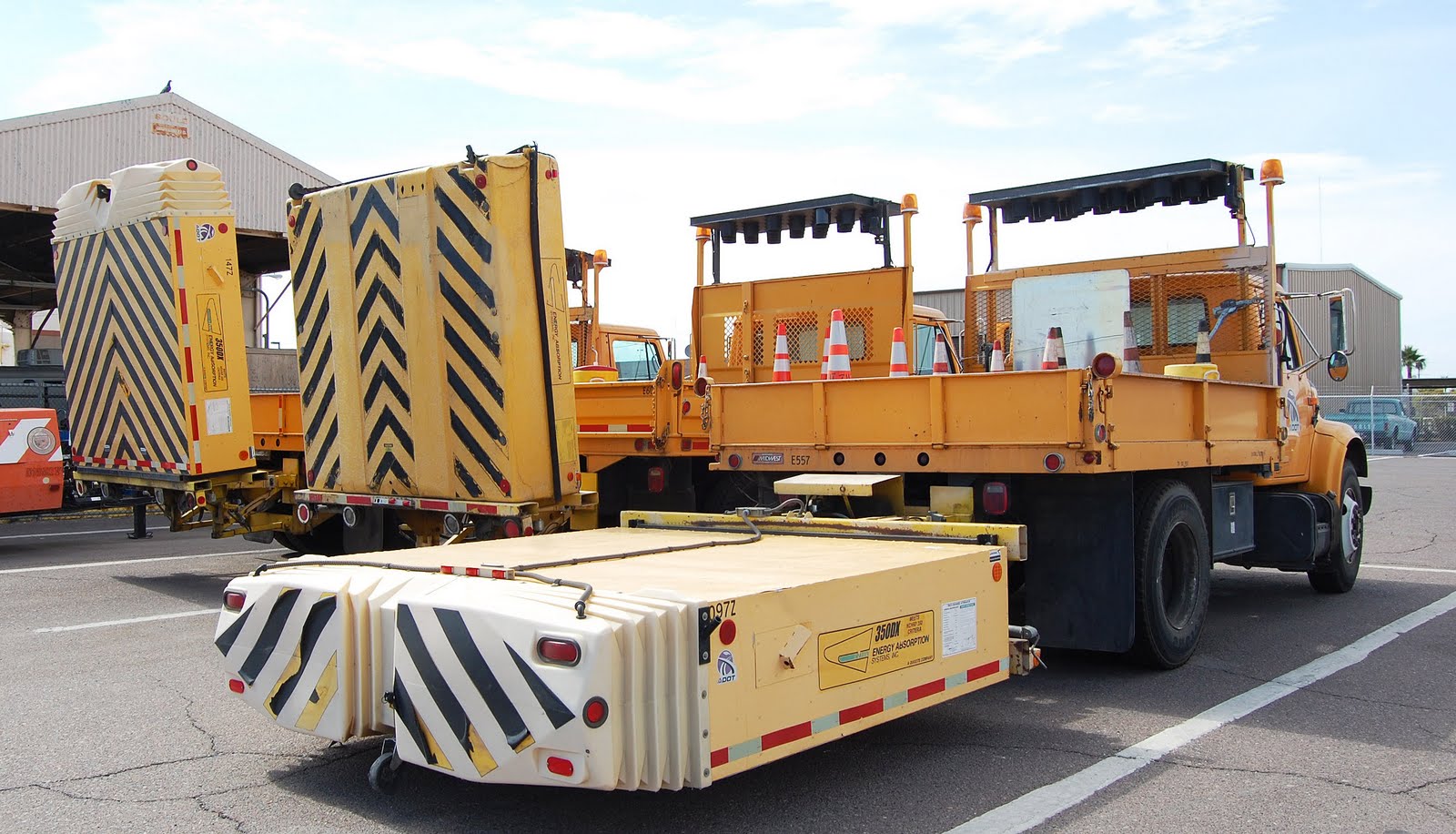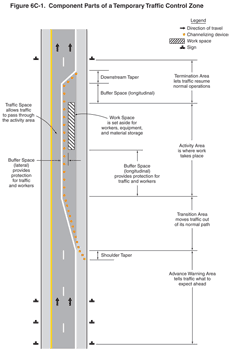Maria de Villota got a head injury during a test session when her car ran into a helmet-height loading platform on a lorry that was parked in the driving area, specifically pits. I think all F1 teams have a more careful approach to test setup now.
Several years on, large pieces of heavy equipment, complete with stairs and steel sheet metal fenders at helmet height, are driven on the track on the outside of turns when drivers are still racing.
I think the long-term result of the Bianchi tragedy will be to either yellow-flag races for accidents (mandatory slow-down of some kind rather than flags for flags' sake), or to pad the perimeter of heavy-equipment in the same manner as the stationary walls and barriers of modern tracks.
If heavy equipment is out on track already then by definition there is evidence of increased crash risk in that area at that time. I think overall track safety would be improved at no cost if the miles of wall padding were reduced in thickness by 1% and these resources were use to pad the perimeter of heavy equipment that was allowed on track during the race.
My hindsight is brilliant, yes? It's frustrating that each tragedy in F1 only brings very narrow-focused reforms rather than larger improvement.
Anyone ever seen wall-type padding on heavy-equipment, either for racing or some other purpose?
- Login or Register
No account yet? Sign up





